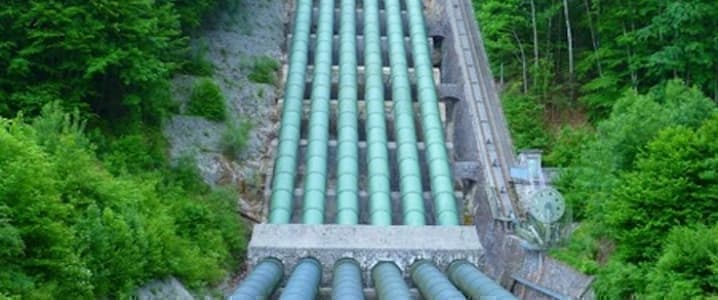On September 9 Saad Sherida Al Kaabi, minister of energy as well as president and CEO of state-owned Qatar Petroleum (QP), announced that the country had shortlisted a number of multinational companies for a stake in the North Field expansion.
Invitations were sent out in August and a final decision is expected in the first quarter of next year, according to Al Kaabi. However, the minister also stressed that if none of the candidates met the criteria, Qatar would pursue the expansion alone.
QP aims to lift national liquefied natural gas (LNG) production from 77m tonnes per year to 110m by 2024.While the country is already the world’s largest exporter of LNG, it is facing increasing competition from countries such as Australia and the US.

In order to improve productivity in this increasingly competitive market, two of QP’s subsidiaries – Qatargas and RasGas – merged in January 2018. The move is expected to save some $550m a year in operational costs.
Economic growth to accelerate
An increase in hydrocarbons output is central to broader economic projections, with stronger exports contributing to accelerated growth over the next few years.
Qatar Central Bank, citing data released by the Planning and Statistics Authority, expects GDP to expand at an average rate of 2.8 percent over the 2018-20 period, a significant increase on the 1.6 percent and 1.4 percent growth registered in 2017 and 2018, respectively.
This will primarily be driven by an average expansion rate of 5.2 percent in non-hydrocarbons GDP between 2018-20. However, the hydrocarbons sector – which accounts for around half of all national earnings – is forecast to recover from a contraction in 2017 and post annual average growth of 0.3 percent.
These figures do not account for the North Field expansion, suggesting the impact could be stronger still if plans go ahead.
Construction to benefit
Energy output is part of the economic equation, but there are also knock-on benefits for related sectors. Work to upgrade Qatar’s LNG capacity, for example, would naturally have a significant impact on the construction sector.
Indeed, in a report released in late August, US-based consultancy Dun & Bradstreet stated that the North Field project will provide a boost to construction as the country upgrades and expands infrastructure to facilitate increased LNG production.
Related: Oil Pirates: The Gulf Of Mexico’s Billion Dollar Problem
Qatar plans to construct four new production facilities, along with ethane and liquefied petroleum gas production and fractionation sites, a helium plant and other supporting facilities.
The construction sector has experienced notable growth over the past 20 years, increasing 20-fold since 2000, according to Dun & Bradstreet. It accounted for 24 percent of all non-oil GDP in mid-2018.
Significant drivers were government efforts to broaden the country’s infrastructure links ahead of the 2022 FIFA World Cup, as well as attempts to offset the impact of the Saudi-led economic blockade, which began in June 2017.
On top of efforts to construct new motorways, schools and wastewater-processing facilities, major projects include the redevelopment of Hamad International Airport, which will see annual passenger capacity increase from 30m to 53m by 2020; the construction of the Doha Metro; and the upgrade of the $7.4bn Hamad Port, which was partially opened in 2017 and will serve as a strategic import-export hub.
